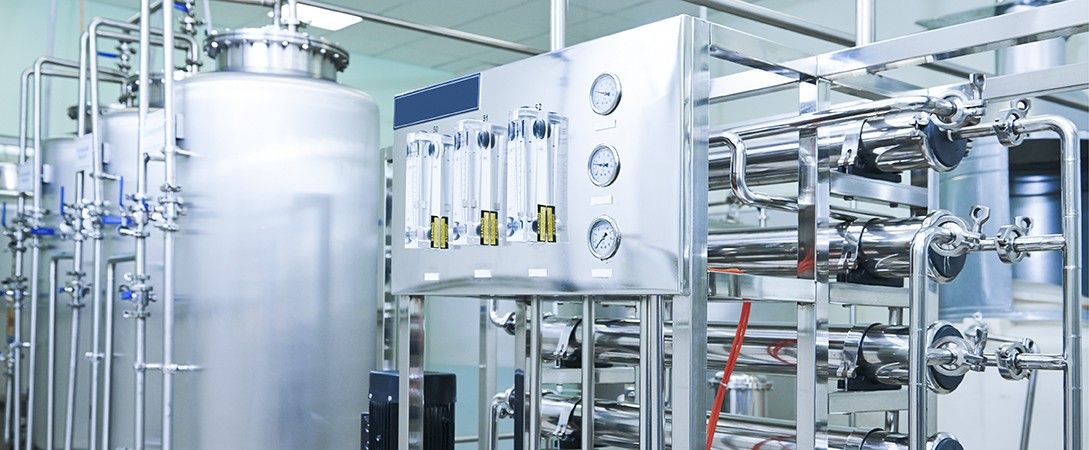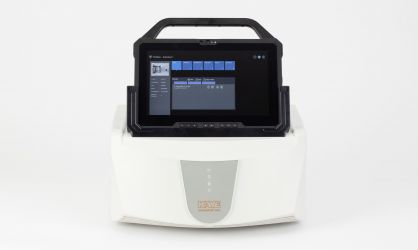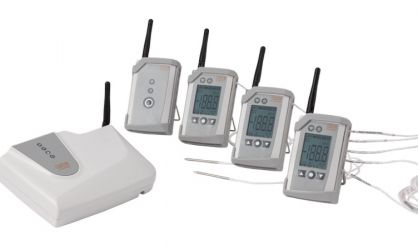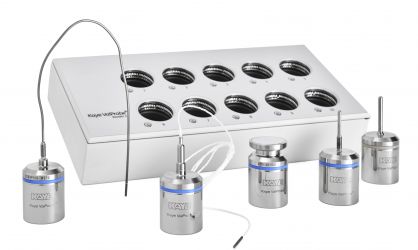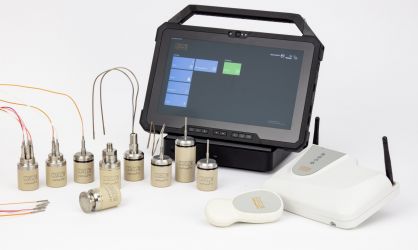Kaye Solutions for Steam-in-Place
Steam-in-Place (SIP) Sterilization in the Pharmaceutical Industry
Steam-in-Place (SIP) sterilization is a critical process in the pharmaceutical industry to ensure the sterility of fixed installations such as tanks, pipelines, and bioreactors in aseptic manufacturing. This process uses saturated steam to kill microorganisms and contaminants without requiring the disassembly of the equipment. The same standards and regulations as those applied in steam autoclaves/sterilizers are used here. Applicable norms for moist heat sterilization, such as EN 285 or ISO 17665, are considered.
As a precursor to the SIP process, that is, the sterilization of the equipment, the CIP process (Cleaning-In-Place) is typically performed. Cleaning-in-Place (CIP) describes the on-site cleaning of industrial equipment without disassembling individual components or the entire system. This process cleans complete production facilities, including valves, pumps, pipes, sight glasses, and sensors, through multi-stage cleaning systems and various rinsing cycles with different cleaning solutions. CIP enables an economical and time-efficient cleaning process. While CIP focuses on the removal of product residues and contaminants, it also serves as a necessary precursor to Steam-in-Place (SIP) sterilization. After thorough CIP cleaning, SIP sterilization takes place to kill the remaining microorganisms and ensure the sterility of the equipment. Since SIP guarantees sterility, CIP sets the stage by removing all visible and invisible residues. Together, these processes ensure an aseptic manufacturing environment in accordance with the stringent requirements of pharmaceutical production.
The SIP process itself consists of several phases and must be adapted to the specific equipment. Common procedural patterns include preheating, steam sterilization, and cooling. During the preheating phase, the system is flushed with steam to achieve uniform heating. In the steam sterilization phase, saturated steam is introduced at 121.1°C/ 250°F and a defined pressure over a specified period. This critical step ensures the complete sterilization of the equipment.
Essential to the SIP sterilization process is the continuous monitoring of parameters such as temperature and pressure both during operation and during the annual qualification and validation. This ensures the compliant operation of the equipment according to standards.
After the steam sterilization phase, the system is often cooled by introducing, for example, nitrogen. This process minimizes thermal stress on the materials and prevents potential damage.
Procedures such as Cleaning-In-Place (CIP) and SIP require substantial validation effort, especially for fixed installations. Validation requirements must be considered as early as the system design phase (Design Qualification, DQ) through appropriate validation ports to avoid complications during GxP-compliant commissioning (Installation Qualification, IQ / Operational Qualification, OQ / Performance Qualification, PQ).
The Kaye AVS, ValProbe-RT, and ValProbe RF validation systems are ideal for the qualification and validation of fermenters, bioreactors, tanks, and pipelines in aseptic manufacturing under GMP considerations. These modern monitoring technologies ensure process safety and high operational efficiency, ultimately increasing the quality and integrity of pharmaceutical products.
For more information about our products and solutions, please visit our website. We are pleased to support you with tailored solutions for your specific requirements in the pharmaceutical and biotechnology sectors.


